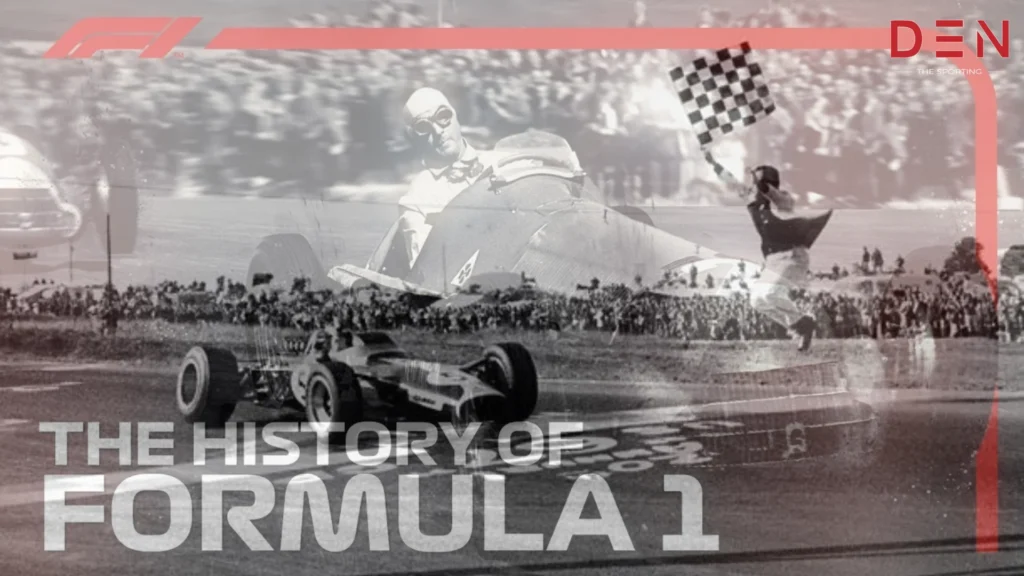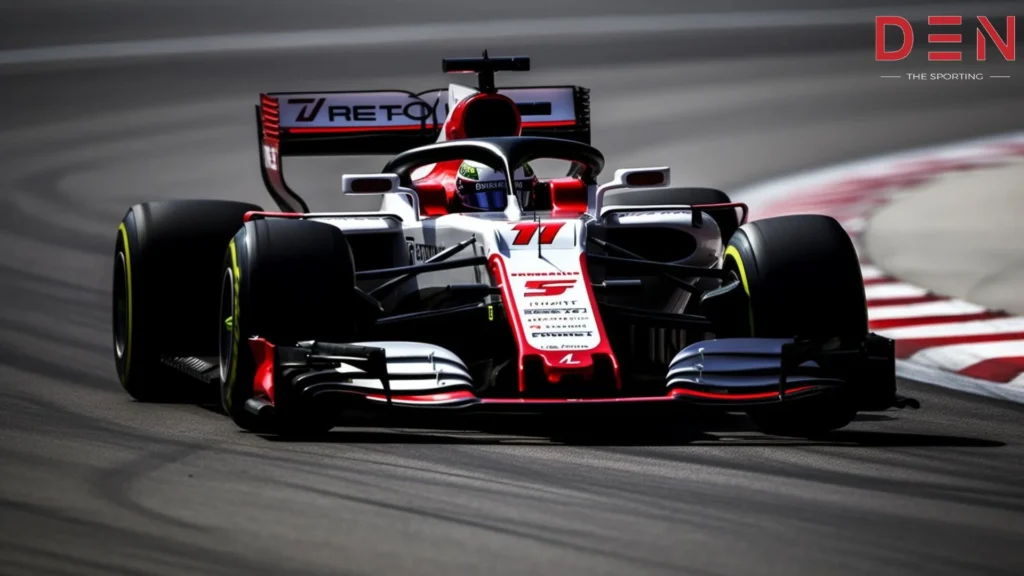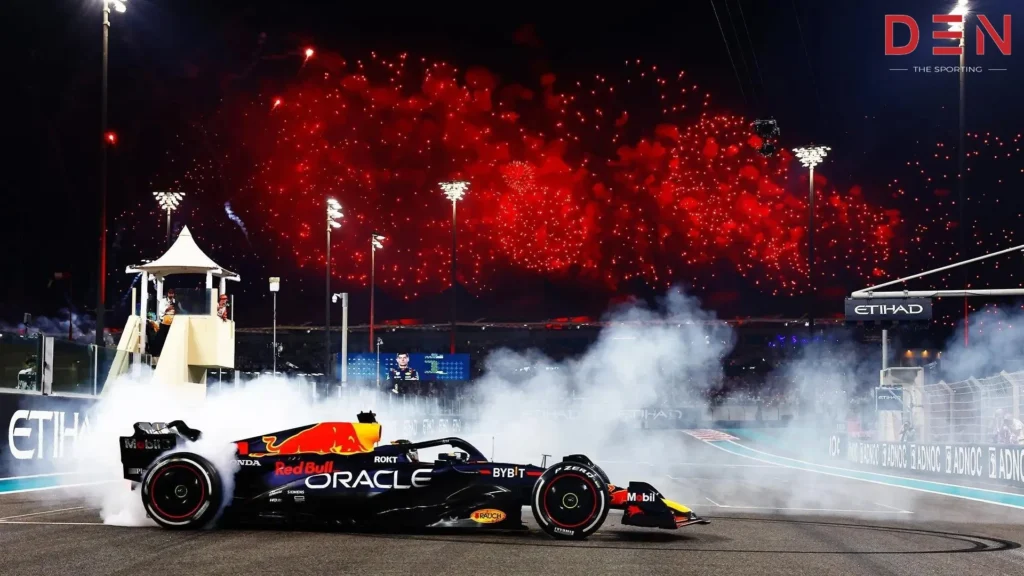
The roar of engines, the blur of colors, the dizzying chase for checkered flags – Formula 1 (F1) isn’t just a sport; it’s a global phenomenon steeped in thrilling competition and technological innovation. But how did this behemoth of motorsport come to be? Let’s delve into the rich Formula 1 History, from its humble beginnings to its modern-day spectacle.
Formula 1 History: Roots in Grand Prix Racing (1920s-1940s)
The seeds of F1 were sown in the early 20th century with the Grand Prix races – grueling, long-distance events held on public roads. These races, often perilous and unregulated, showcased daring drivers and powerful machines. However, with rising safety concerns and a desire for standardization, calls for a unified championship grew louder.
Birth of a Formula (1946-1950)
In 1946, the Fédération Internationale de l’Automobile (FIA) formalized the “Formula A” regulations, outlining technical specifications for participating cars. This marked the birth of Formula One, with the inaugural World Championship held in 1950. The early years were dominated by Alfa Romeo, Ferrari, and Maserati, their powerful V12 engines roaring across diverse circuits.
Formula 1 History: The Golden Age of Innovation (1950s-1970s)
The 1950s and 1960s witnessed technological advancements that pushed the boundaries of speed and safety. Mid-engined designs emerged, offering better handling, while advancements in materials and aerodynamics transformed car performance. Iconic names like Juan Manuel Fangio, Stirling Moss, and Jim Clark carved their legacies on the tracks, captivating audiences with their daring maneuvers.
However, this era wasn’t without its tragedies. Safety concerns grew after several fatal accidents, prompting stricter regulations and circuit modifications. Despite the risks, the allure of F1 remained undimmed, attracting legendary car manufacturers like Porsche and Honda to join the competition.
The Rise of Sponsorships and Technology (1980s-1990s)
The 1980s saw the increasing influence of sponsorships, transforming F1 into a global marketing platform. Powerful engines fueled by turbochargers pushed speeds to unprecedented levels, demanding exceptional skills from drivers like Ayrton Senna and Alain Prost, whose epic rivalry captivated fans worldwide.
The 1990s ushered in a new era of electronic driver aids and complex team strategies. Michael Schumacher emerged as a dominant force, securing a record-breaking seven World Championships with Ferrari. Technological advancements continued, with telemetry and data analysis playing an increasingly crucial role in car performance.
The Modern Era: Diversification and Sustainability (2000s-Present)
The 21st century has brought further diversification to F1. New tracks in Asia and the Middle East joined the calendar, reflecting the sport’s global reach. Cost-cutting measures and rule changes aimed to foster closer competition, with teams like Red Bull and Mercedes challenging Ferrari’s dominance.
Sustainability also gained prominence, with hybrid engines introduced in 2014 to reduce emissions and promote technological innovation. Drivers like Lewis Hamilton and Max Verstappen emerged as new heroes, captivating audiences with their fierce battles on the track.
Suggested Read: The 10 Best Formula 1 Drivers Ever: A Legendary Journey
FAQs
Formula 1 officially started in 1950, with the first World Championship consisting of six Grands Prix in Europe.
Early F1 cars were single-seater, open-wheeled machines based on pre-war racing designs. They lacked many safety features present today.
Advancements included:
* Introduction of rear wings for downforce and improved cornering.
* Development of slick tires for better grip.
* Increased focus on aerodynamics and lightweight materials.
Formula 1 Website: The official Formula 1 website (https://www.formula1.com/) publishes the upcoming season’s calendar typically in late summer/early fall. They might also announce updates or revisions throughout the year.
Summing it Up: A Legacy of Speed and Spectacle
From Formula 1 History to its modern-day spectacle, Formula 1 has come a long way. It’s a sport that continues to evolve, pushing the boundaries of technology and safety while captivating audiences with its thrilling races and larger-than-life personalities. As F1 embarks on its next chapter, one thing remains certain: the roar of engines and the chase for glory will continue to enthrall fans for generations to come.
David Conn, a distinguished sports journalist with 20 years of experience, is a trusted voice in sports reporting. Known for his precision in dissecting NFL plays, analyzing NHL strategies, exploring soccer finesse, and diving into basketball tactics, Conn brings an unwavering commitment to storytelling. Join us as we explore the dynamic world of sports through Conn’s nuanced understanding of athletes, strategies, and narratives in NFL, NHL, football, soccer, basketball, and more.



